BASIC SCHOOL: 1st grade to 9th grade
Basic school can be divided into three stages.
You can find the national curriculum for the basic school here and here. You can see that rather than defining the subjects, the curriculum defines the competencies, i.e. describes what the child has to know by the end of each stage.
Thus, in STAGE I (grades 1-3), it is not only about the literacy or numeracy, an important aim is also that children adapt to school life, develop a positive attitude toward learning and that they become confident. Also, kids develop study habits, they learn how to set the goals for their school work and also they develop self-expression skills and cooperation skills.
In the first stage children often have one main teacher who teaches most of subjects and they are mostly having lessons in one and the same classroom (“home-class”).
Stage II (grades 4 – 6) is where the system changes. Now children have many new teachers at once, and they also need to move between different classrooms for the different lessons. It resonates with the aim of the Stage II: in this stage children are expected to become more responsible and independent learners.
Stage III (grades 7- 9) is the last stage of the basic school, thus, the last obligatory stage. Here, in addition to learning the subjects, the aim is to help pupils to develop into responsible members of society, who can independently manage everyday life and choose a further path for their life.
While the Estonian legislations says that children have to finish at least the basic school, 80% of all Estonian children get at least additional 3 years of education and graduate from gymnasium.
